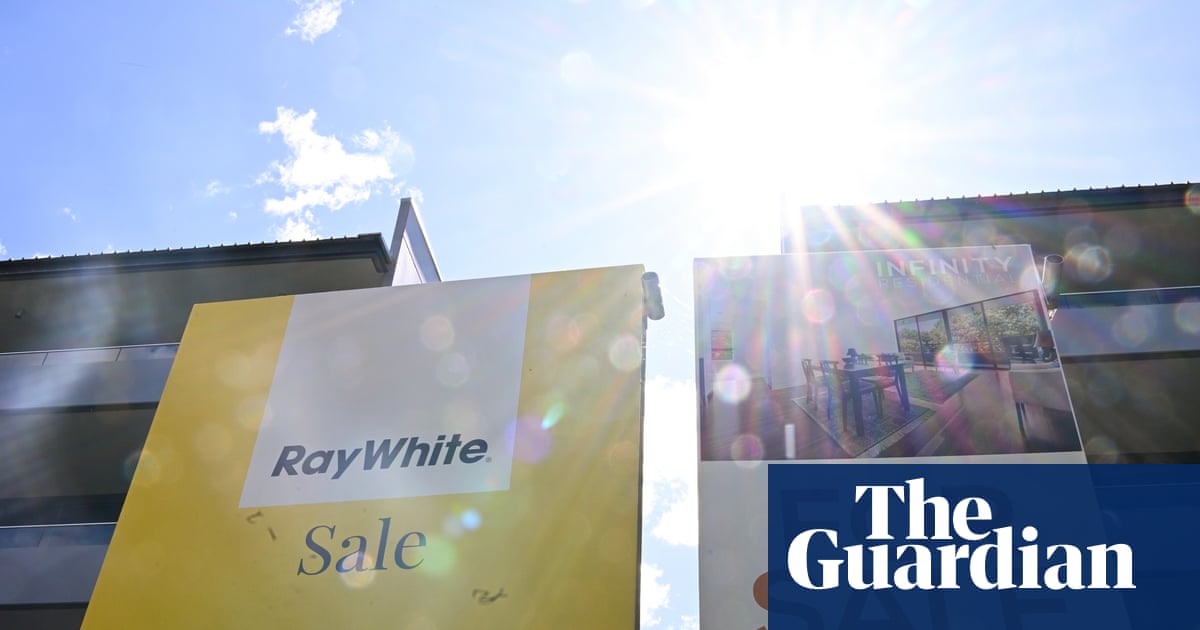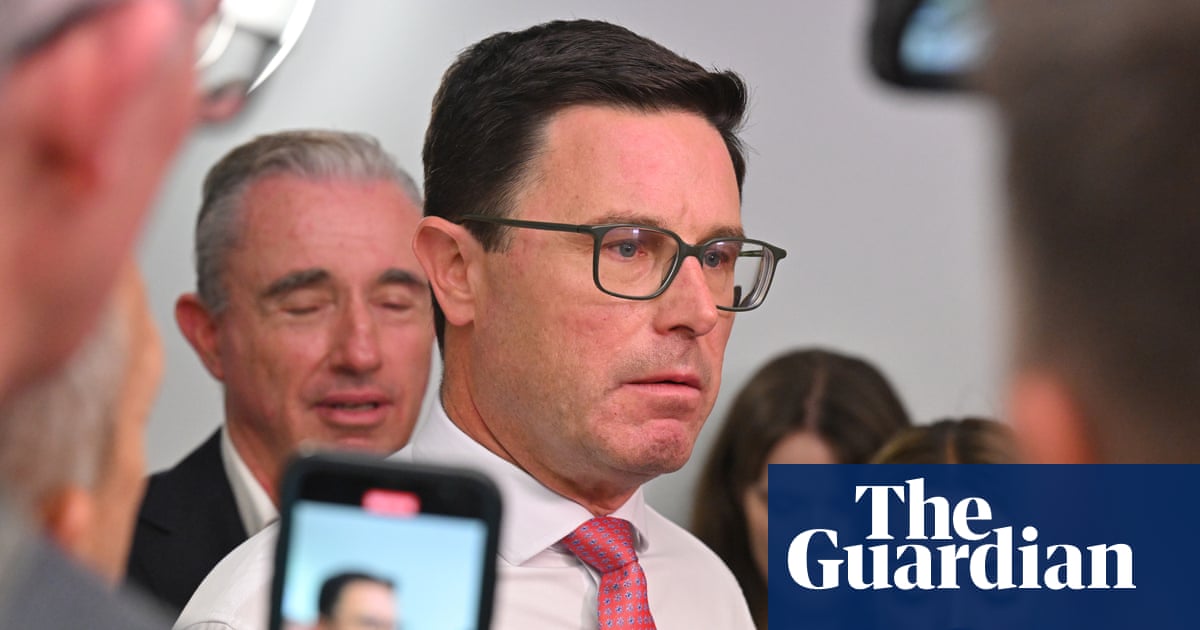The prospect of dramatically lower borrowing costs has emerged as a potential blessing and curse for Australians hoping to break into the property market, amid a brewing global trade war and competing local policies.
There are deep fears America’s protectionist policy will plunge the world’s biggest economy into recession and trigger a steep global growth slowdown. Economists believe the Reserve Bank of Australia will respond to this global trade turmoil with a rate cut to 3.85% at its next board meeting on 19-20 May. Financial markets are even pricing in a cash rate of 2.85% by November, or essentially cuts of 0.25 percentage points in each of the next five policy board meetings.
The RBA governor, Michele Bullock, last week said it remained “too early” to judge how Trump’s trade war would affect interest rates over coming months.
But the governor had flagged the bank was ready and able to cut rates if needed, and according to minutes released on Tuesday, monetary policy board members “emphasised the need to be cautious and alert to the evolving economic outlook” at their most recent meeting.
Ahead of the 3 May election, Labor and the Coalition promoted competing policies aimed at making it easier for first home buyers to enter the market. But the weekend’s election campaign promises came under heavy attack from economists warning they would drive property prices higher – by adding to demand without doing enough to boost supply.
The chief economist at the Centre for Independent Studies, Peter Tulip, said he was doubtful the RBA would move that quickly to cut rates. But if the markets were right, it would have a big impact on property values.
Based on an econometric model Tulip helped develop at the RBA, a 1 percentage point cut in interest rates would push home prices 6% higher than they would otherwise would be after one year, and 8% higher after two years.
Using CoreLogic’s national median house price estimate of about $772,000, that would represent a rise of roughly $46,000 after one year, and $60,000 after two.
“Changes in interest rates have a very large and very quick effect on housing prices,” Tulip said.
The director of the Grattan Institute’s housing and economic security program, Brendan Coates, said lower interest rates meant homebuyers were able to service bigger loans, and so could pay more for housing.
The effect would be even larger when combined with the bipartisan policy to let more first home buyers purchase with only a 5% deposit, Coates said.
after newsletter promotion
“The good news is that it might help more people buy homes. The bad news is they could be paying off a larger mortgage once they have bought,” he said.
A Canstar analysis suggested a hypothetical single borrower earning the average full-time wage could borrow an extra $12,000 for each rate cut.
Economists say unlocking more supply is the key to addressing unaffordable housing, and Labor has said it would deliver 1.2m homes over five years through its Housing Accord with the states, and the Housing Australia Future Fund.
On the other hand, the potential impact on affordability from successful supply-side policies could be meaningful.
For example, Tulip said the extra half a million homes promised under the Coalition commitment, if built, could reduce prices and rents by as much as 12%.










